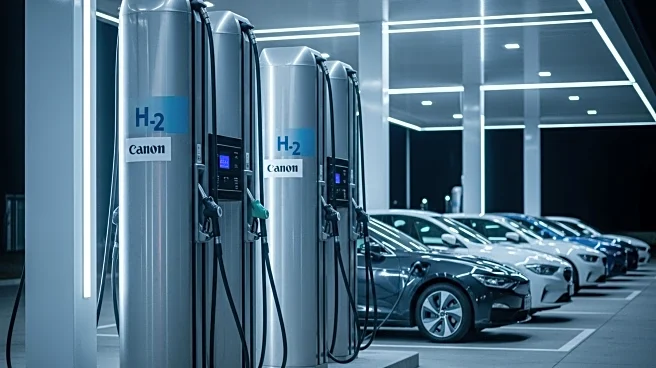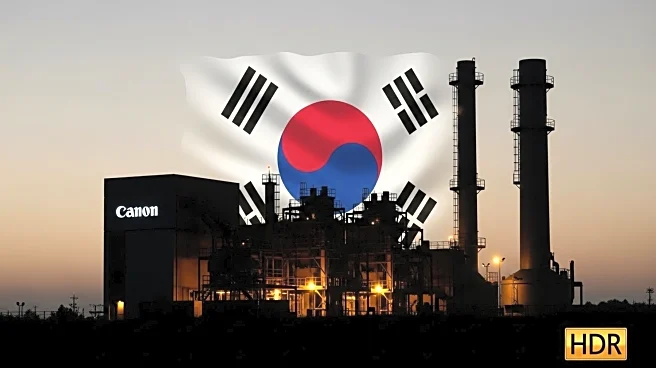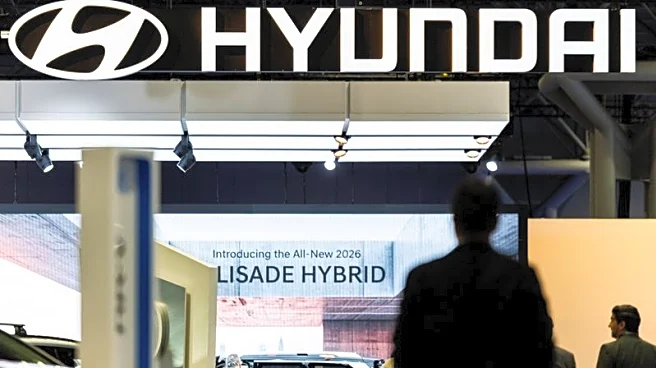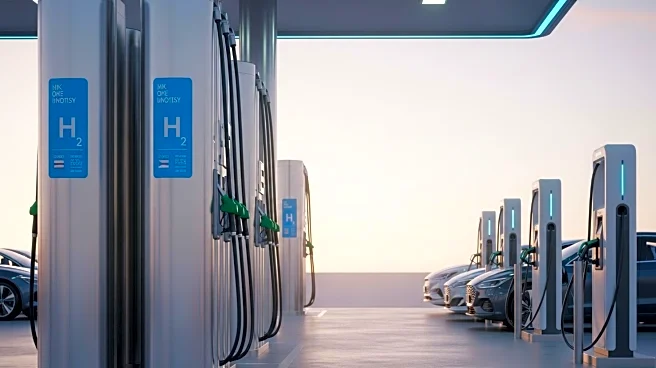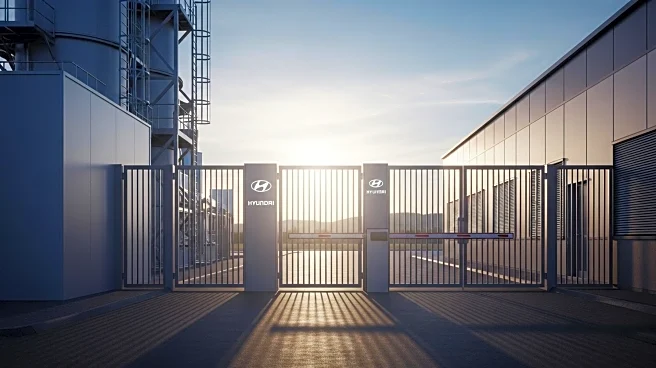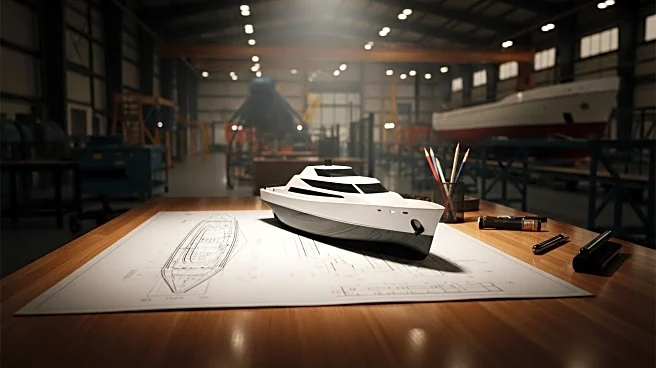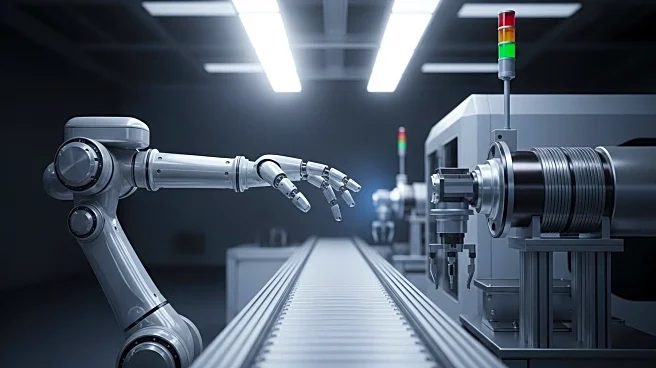What is the story about?
What's Happening?
Depository corporations in South Korea have increased their industrial lending by 2.7% in the second quarter of 2025, according to data from the Bank of Korea. The lending rose by $10.42 billion, reaching a total of $1.43 trillion by the end of June. This increase is attributed to a rise in lending for working capital and facilities investment. Specifically, lending for working capital increased by 1.7%, amounting to $6.36 billion, while facilities investment expanded by 3.8%, totaling $4.1 billion. These figures reflect a year-on-year comparison with the second quarter of 2024.
Why It's Important?
The increase in industrial lending by South Korean depository corporations is significant as it indicates a robust financial environment that supports business growth and infrastructure development. This lending boost can lead to enhanced economic activity, potentially driving job creation and technological advancements within the industrial sector. The rise in facilities investment suggests a focus on long-term growth and modernization, which could improve South Korea's competitive position in global markets. Additionally, the increase in working capital lending may help businesses manage operational costs more effectively, contributing to overall economic stability.
What's Next?
The continued growth in industrial lending may prompt further investments in South Korea's industrial sector, potentially leading to increased production capacity and innovation. As businesses expand, there may be a need for additional financial products and services to support their growth. The Bank of Korea may continue to monitor lending trends to ensure that the financial system remains stable and supportive of economic development. Stakeholders, including policymakers and industry leaders, may explore strategies to sustain this growth and address any emerging challenges.
AI Generated Content
Do you find this article useful?


